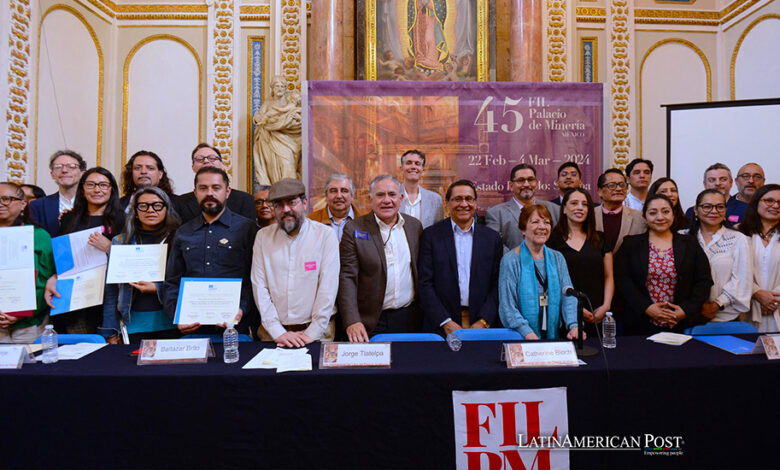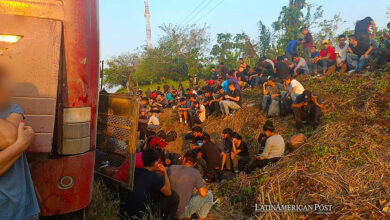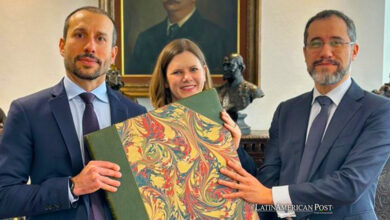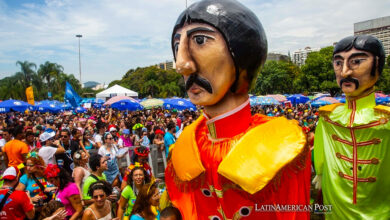UNESCO Honors Latin America’s Heritage by Adding Two Mexican Bibliographic Collections to ‘Memory of the World’ Program

UNESCO’s recent recognition of essential historical collections in Mexico as part of its Memory of the World program underscores a vital effort to preserve Latin American cultural and historical heritage, spotlighting the region’s rich past and diverse narratives.
UNESCO’s Recognition of Mexican Archives
In an era where the preservation of cultural heritage has become paramount, the United Nations Educational, Scientific and Cultural Organization (UNESCO) has taken a significant step by recognizing two pivotal archives in Mexico for their exceptional value and state of conservation. These archives, housed by the National Library of Anthropology and History (Biblioteca Nacional de Antropología e Historia, BNAH) and the National Archive of Archaeology of the National Institute of Anthropology and History (Archivo Nacional de Arqueología del Instituto Nacional de Antropología e Historia, INAH), have been officially inscribed as part of the Memory of the World.
The accolade was granted to the “Dirección de Monumentos Prehispánicos (1915-1959)” collection of the National Archive of Archaeology and the document “Obediencia e instrucción otorgada a fray Martín de Valencia, 1523”, safeguarded by the National Library of Anthropology and History. This recognition honors not only the exceptional values these collections represent in the unfolding narrative of Mexico but also their optimal preservation conditions, as highlighted in a joint statement by the institutions involved.
The distinction conferred upon these archives reflects UNESCO’s commitment to safeguarding cultural and historical legacies worldwide. Lorenza López Mestas Camberos, the national coordinator of Archaeology at INAH, proudly accepted the diploma on behalf of the ANA repository, expressing gratitude for the international recognition. This acknowledgment underscores the importance of these archives in understanding the evolution and history of the professionalization of archaeology in Mexico.
Furthermore, Julio Alfonso Pérez Luna, who received recognition for the second document, emphasized its crucial role in chronicling the early stages of evangelization in what is now Mexican territory—a process spearheaded by fray Martín de Valencia and his Franciscan cohort in May 1524. The manuscript, penned in October 1523 and composed of Latin and Spanish sections, has withstood the test of time, surviving the turbulent periods of Spanish rule and the 19th-century wars in Mexico. It nearly faced sale in 1956 but has now been immortalized by UNESCO’s Memory of the World program.
Latin American Cultural Heritage Recognized
This initiative extends beyond Mexico, embracing the Latin American context and highlighting similar regional efforts. Countries like Peru, Brazil, and Argentina have also seen their cultural and historical archives recognized by UNESCO, contributing to a collective memory across the continent. These inscriptions serve as a testament to Latin America’s rich cultural tapestry, from pre-Hispanic civilizations to colonial times and beyond, encompassing a diverse range of documentary, auditory, and audiovisual heritage.
The Memory of the World program operates on national, regional (Latin American in this case), and universal levels, aiming to protect and promote the world’s documentary heritage. With the latest inscriptions, the total number of recognized archives has reached 107, highlighting the program’s expansive reach and the growing awareness of the importance of heritage preservation.
Also read: Preserving Heritage: Exploring Mexico’s Rich Tzotzil Tradition at Carnaval K’intajimol
This recognition by UNESCO elevates the status of the selected Mexican archives. It spotlighted the broader efforts across Latin America to preserve cultural and historical narratives. As these archives join the ranks of the Memory of the World, they underscore the universal value of keeping our collective history for future generations, fostering a deeper understanding and appreciation of the rich cultural landscapes that shape our world.





